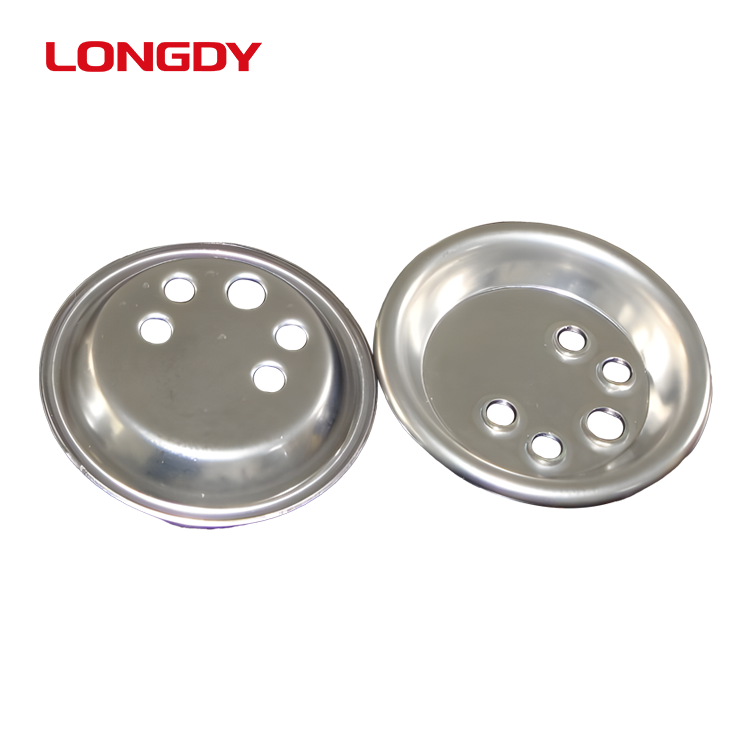Machining process is an indispensable part of mechanical manufacturing, which involves a variety of metal and non-metal cutting, stamping, casting and other machining processes. In order to better understand and master the machining process, it can be divided into the following aspects.
First, from the processing mode, the machining process can be divided into cutting processing, grinding processing, casting processing and heat treatment processing. Cutting processing is through the tool on the workpiece cutting, so as to remove excess material, so that the workpiece to achieve the desired shape and size. Grinding machining, on the other hand, involves grinding the surface of the workpiece by means of a grinding wheel or other abrasive tool to obtain a high degree of precision and surface quality. Casting processing is the pouring of molten metal into a mould and removing it after it has solidified to obtain a casting of the desired shape. Heat treatment processing is to heat, hold and cool the metal material in order to change its internal organisational structure, so as to improve its performance.
Second, from the point of view of the equipment and tools used in the machining process, the machining process can be divided into turning, milling, planing, drilling, boring, broaching, grinding, polishing and so on. Turning is mainly used for processing shaft parts. Milling is mainly used for machining flat surfaces, curved surfaces and slots. Planing is mainly used for processing flat surfaces. Drilling is mainly used for processing holes. Boring is mainly used for processing precision holes. Broaching is mainly used for machining holes and threads. Grinding is mainly used to improve the surface quality and precision of workpieces. Polishing is mainly used to improve the surface finish of the workpiece.
Third, from the point of view of the machining process, the machining process can be divided into three stages: roughing, semi-finishing and finishing. Rough machining is the process of removing a large amount of residue on the blank, and its main purpose is to obtain the desired shape and approximate size. Semi-finishing is the process of further refining the surface of the workpiece on the basis of rough machining, and its main purpose is to improve the surface quality and accuracy of the workpiece. Finishing is on the basis of semi-finishing processing to further improve the surface quality of the workpiece and accuracy of the process, its main purpose is to meet the requirements of the use of parts.
Fourth, from the point of view of the material and performance requirements of the workpiece, machining process can be divided into two categories of general machining and special machining. General machining refers to the general metal materials for cutting, grinding and other processing processes, such as turning, milling, drilling and so on. Special machining refers to the special metal materials or non-metallic materials for cutting, grinding and other processing processes, such as super-hard materials cutting, ceramic grinding, etc..

